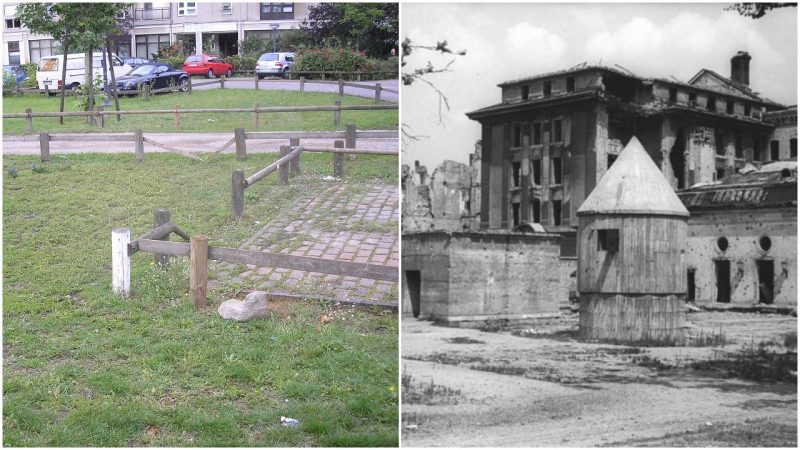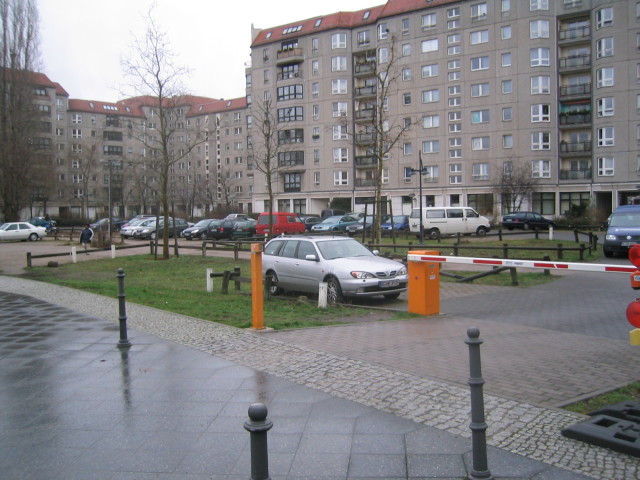We will be taking a look at the bunkers used by Adolf Hitler and his entourage in Berlin. There were two bunkers connected to each other, Fuhrerbunker and the Reichskanzleibunker (Reich Chancellery bunker).
The Reich Chancellery bunker was initially constructed as a temporary air-raid shelter for Hitler (who spent very little time in the capital during most of the war). The increased bombing of Berlin led to an expansion of the complex as an improvised permanent shelter.
The elaborate complex consisted of two separate shelters:
- The Vorbunker ( “forward bunker”; the upper bunker), completed in 1936. Number 14 on the drawing below.
- The Führerbunker (number 10 on the drawing below), located 8.2 ft lower than the Vorbunker and to the west-southwest, completed in 1944.
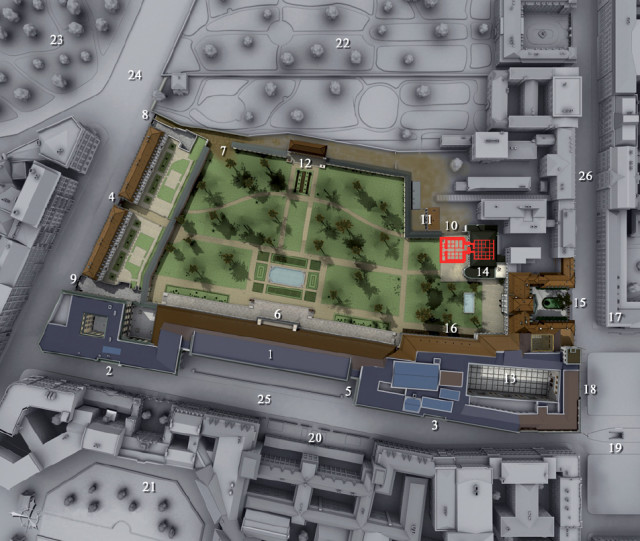
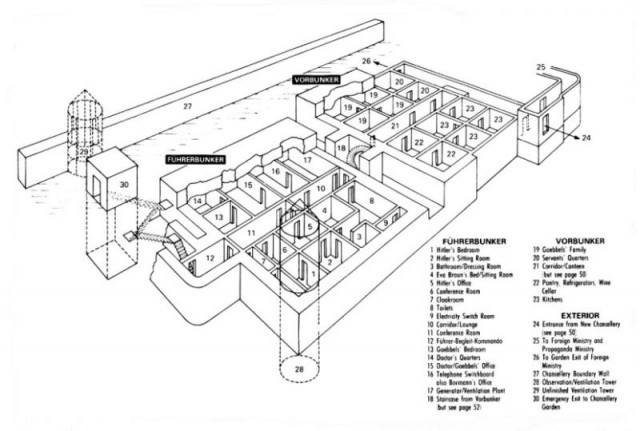
A more detailed map of the bunker (click on it for a bigger version)
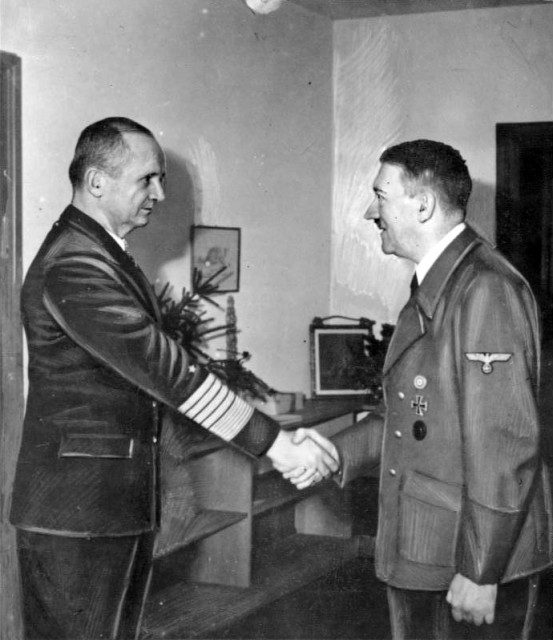
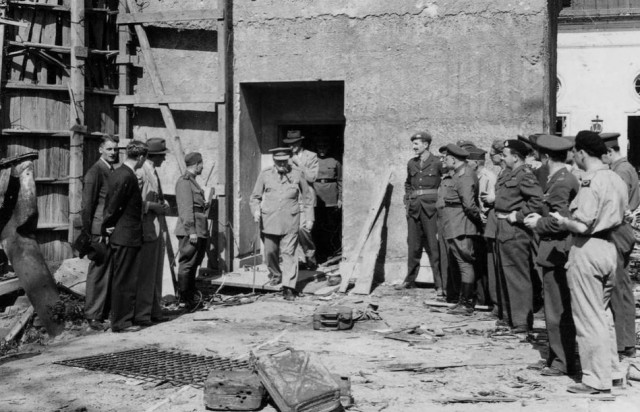
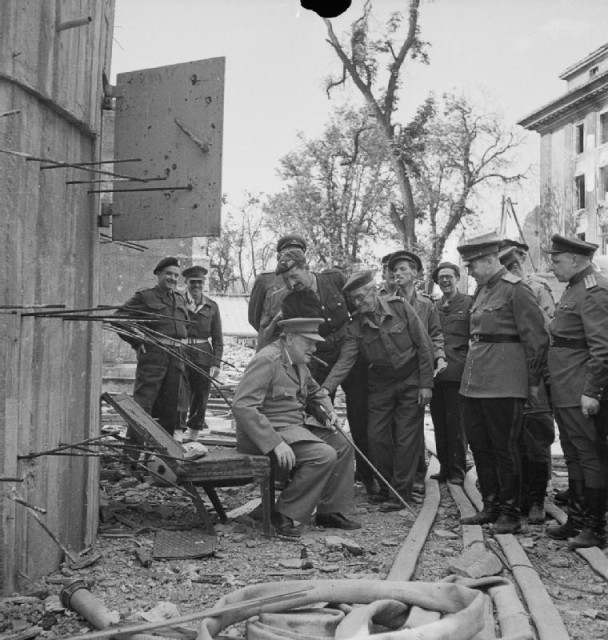
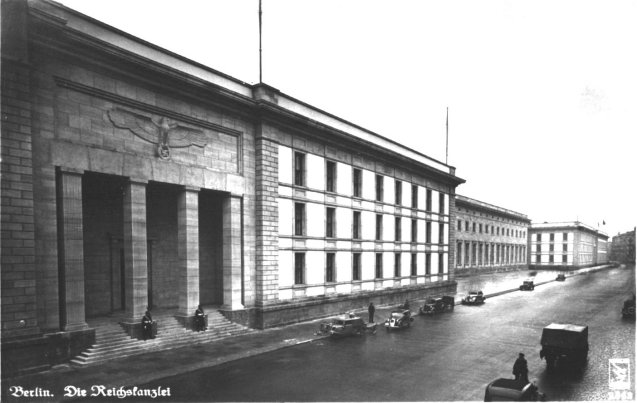
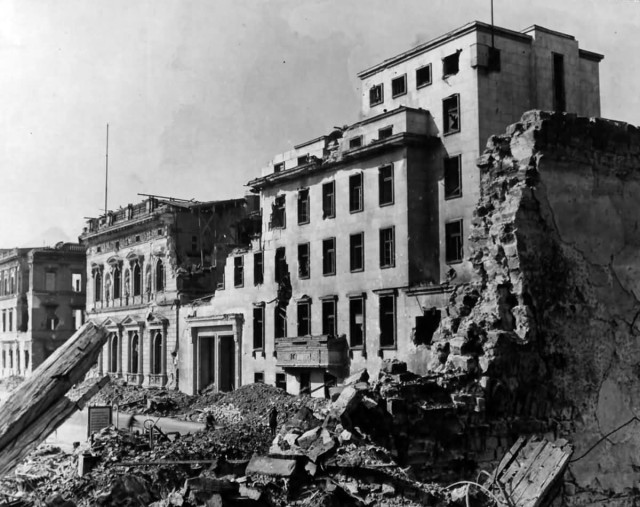
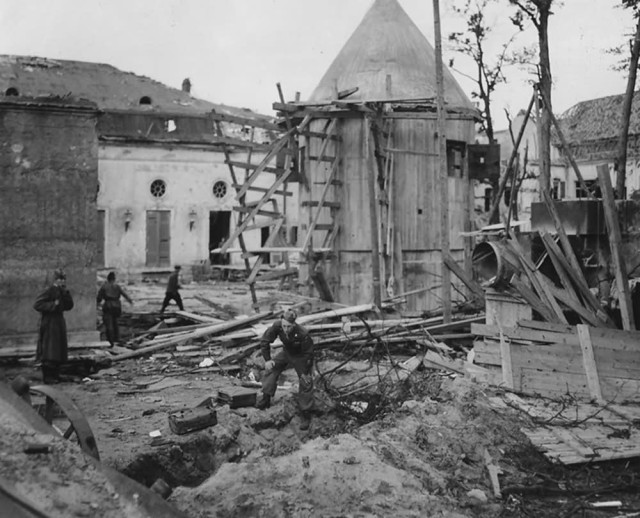
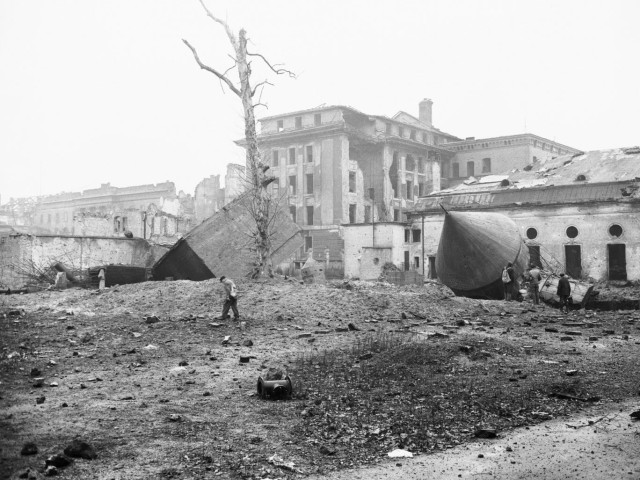
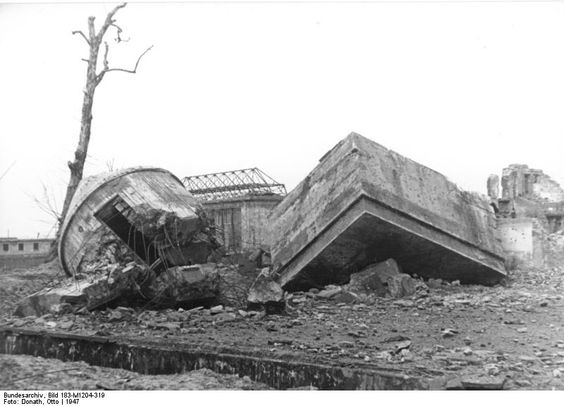
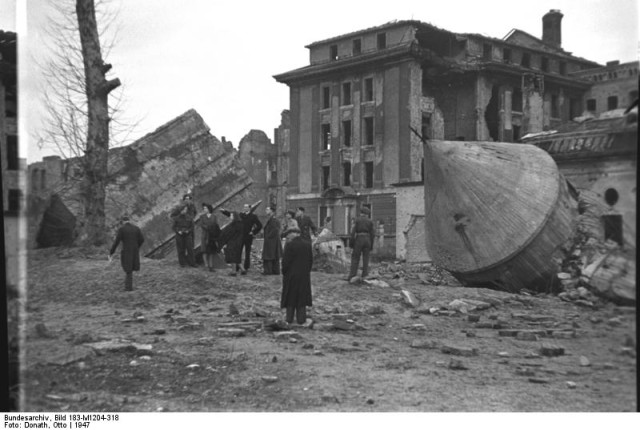
Reopening the bunker
These pictures were taken in August 1980 when the Reich Chancellery bunker was reopened for a short while; all pictures are courtesy of the German Bundesarchiv.
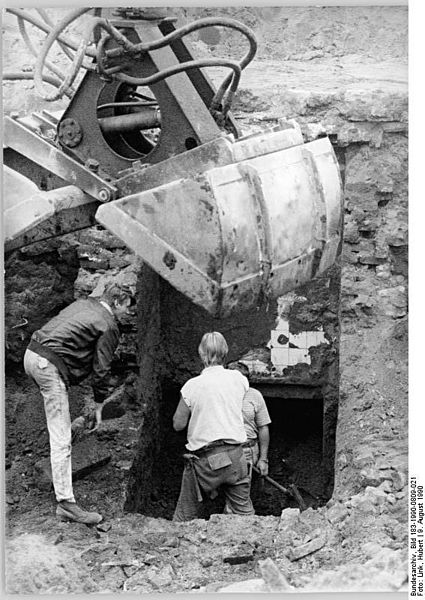
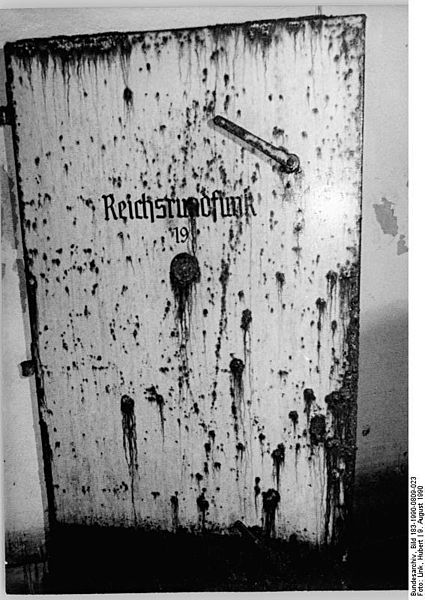
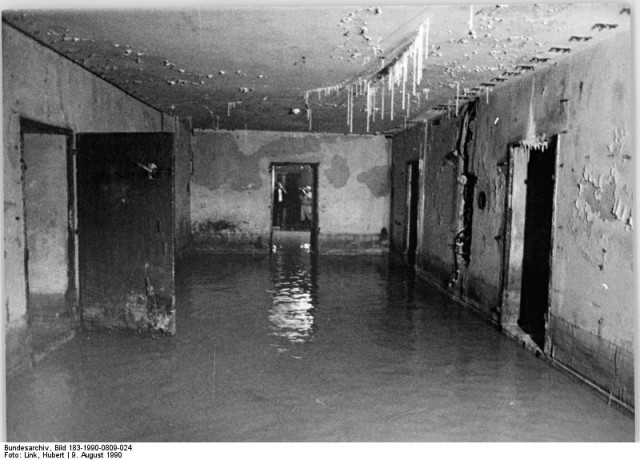
Demolition
It was decided by the Russians that no trace of the Fuhrerbunker should remain. In 1947 all parts of the building above ground were demolished and the bunker sealed. In the 1980s the Fuhrerbunker was dug up and then destroyed completely.
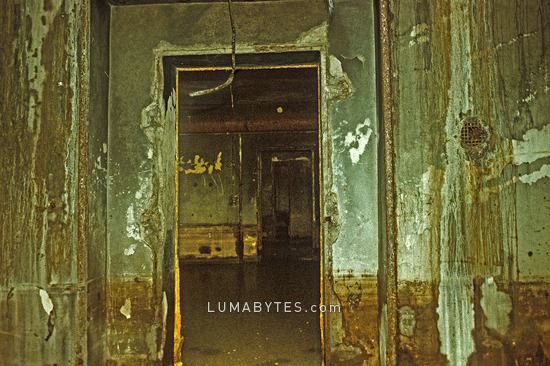
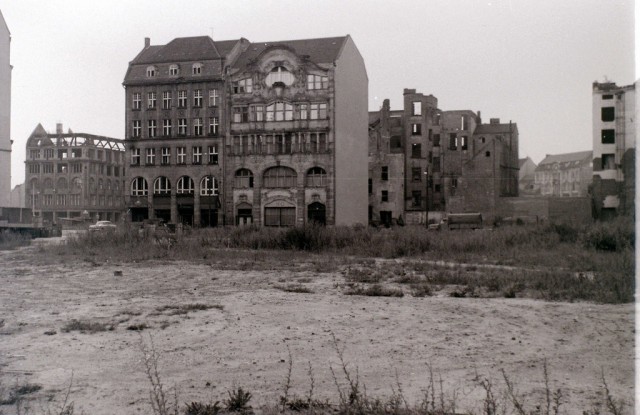
Today
These two pictures show the location of the bunker as it is today.
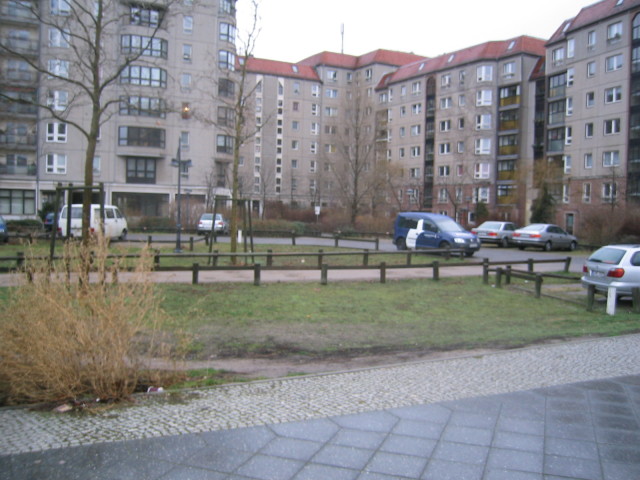
Same location but looking to the left of the previous picture
Adolf Hitler is remembered for the terrible destruction of WWII. Before that, he served with courage in WWI. That first conflict deeply influenced his future.
Hitler Before the War
Before WWI, Hitler was an unpromising individual. Coming from the Austrian lower middle class, he was constantly frustrated by his inability to rise in society. He saw himself as an intellectual and part of the Austrian Empire’s German elite. Others saw him as a drifter working in odd jobs, who fled to Germany rather than accept military service alongside Czechs, Croats, and Jews, whom he despised.
The Bavarian Reserve
Hitler had dodged the Austrian draft, but he was no coward. When WWI broke out, he volunteered for service in the Bavarian army. Although part of Germany, Bavaria maintained an independent army. The Austrian Hitler petitioned for the right to join that army. On August 16, 1914, he became part of the 16th Bavarian Reserve Regiment.
Hitler during WW1
The Massacre of the Innocents
Within months, Hitler took part in one of the most traumatic battles the German army experienced. In October 1914, both sides were stretched thin as they raced to close the gap between their lines and the sea. Reserve regiments including the 16th Bavarian Reserve were rushed from inadequate training to fill the lines around Ypres.
In late October, those reserves were sent into action against the depleted but experienced soldiers of the British Expeditionary Force. The fresh German recruits suffered terrible casualties to no gain. The 16th went into battle with 3,600 men. Within four days, they had only 611 unwounded survivors. By December, Hitler’s company of 250 soldiers was down to 42.
The loss of so many young men deeply unsettled the Germans; they called it the Massacre of the Innocents. For his part in the fighting, Hitler was promoted to lance-corporal and recommended for the Iron Cross Second Class.
